Green Cove Ready and Able To Employ New Tactic Against Derelict Boats
Officials Warm Up To Idea of an Anchoring Limitation Area
You might recognize my name from stories written for Clay News & Views, but the writing that I do for money is about boats, boating and waterways. My other Substack media outlet is called Loose Cannon. The stretch of the St. Johns River that is the jurisdiction of Clay County and Green Cove Springs is where those two publications overlap. Recently, I lowered my dinghy Luv Tub from her davits to take a census of boats anchored or otherwise connected to the river bottom.
As this is written, there are 34 boats either anchored or wrecked in Green Cove Springs waters. Four are sunk, two are likely to sink, three others are neglected but probably okay. Of vessels afloat, 10 or so had people living aboard and around 20 were in storage.
Almost certainly the reason those boats are stored here is because it is cheaper than having them hauled out at a boatyard or kept in marina slip—and because there’s no rule that prohibits it. In other words, Green Cove is a boat storage facility of last resort.
The city doesn’t need a consultant understand that this is a recipe for the perpetuation of a derelict vessel problem and an inevitable drain of someone’s tax money for wreck recovery.
Recently, the City of Venice established an “anchoring limitation area” in accordance with state law 327.4108 via Sarasota County. Other Florida munipalities have too. Green Cove could establish its own limitation area by getting the Clay County Commission petition the Fish & Wildlife Commission. An anchoring limitation zone would prohibit anyone from anchoring a boat in Green Cove waters for more than 45 days in any six month period.
This shouldn’t affect boats that are actively being cruised. That is, responsible owners who want to visit, spend some money, then go somewhere else. A limitation area is a deterrent to stored boats, many of which will eventually sink or break free and wreck against the riverbank, then have to be recovered at taxpayer expense.
The city used $143,000 in in grant money to buy a Boston Whaler and outboard. Another $276,495. was spent to extend one of the two city piers and a covered lift for the boat, in addition to $65,362 for engineering plans. All but $84,000 came from grants.
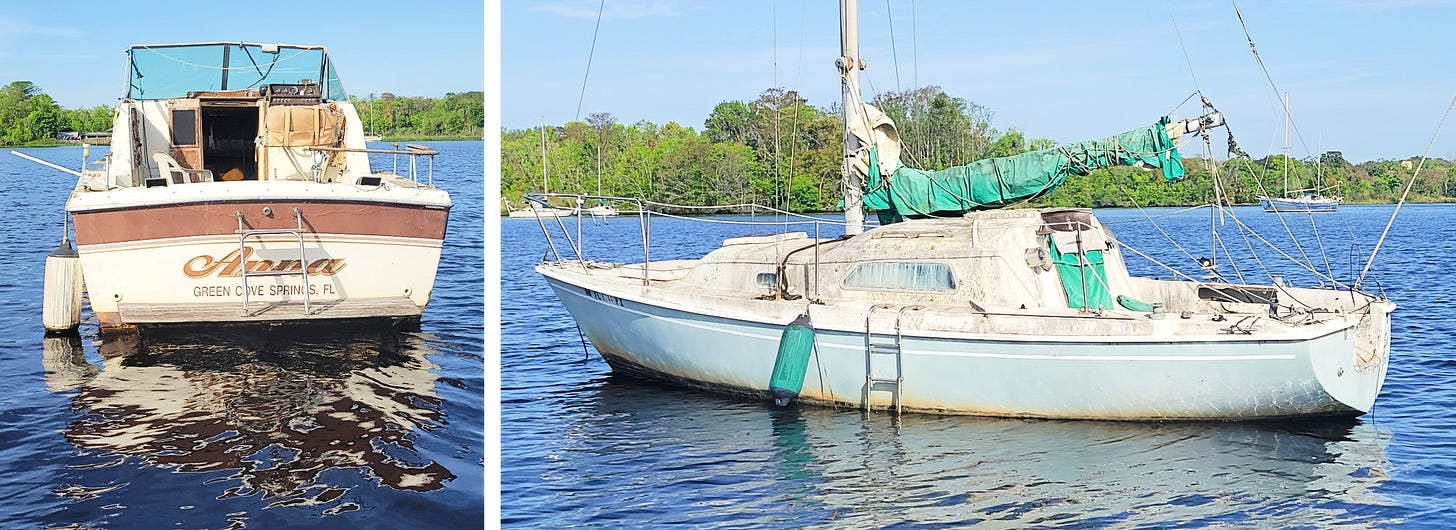
According to Police Chief John Guzman, the department has a qualified officer to operate that vessel and direct marine operations.
But the reality is that the city only has jurisdiction over 1.5 square miles of river. It’s jurisdiction is so small that the city has a deal with the county to also patrol Black Creek, which would otherwise be Clay County’s responsibility.
So, Green Cove is all geared up with not a lot to do—other than securing the occasional on-the-water fireworks show or lending the county a hand, as needed. Administering the 45-day limit would give purpose to the decision to spend money for the boat and dock, while helping to helping to solve a chronic problem, derelict vessels.
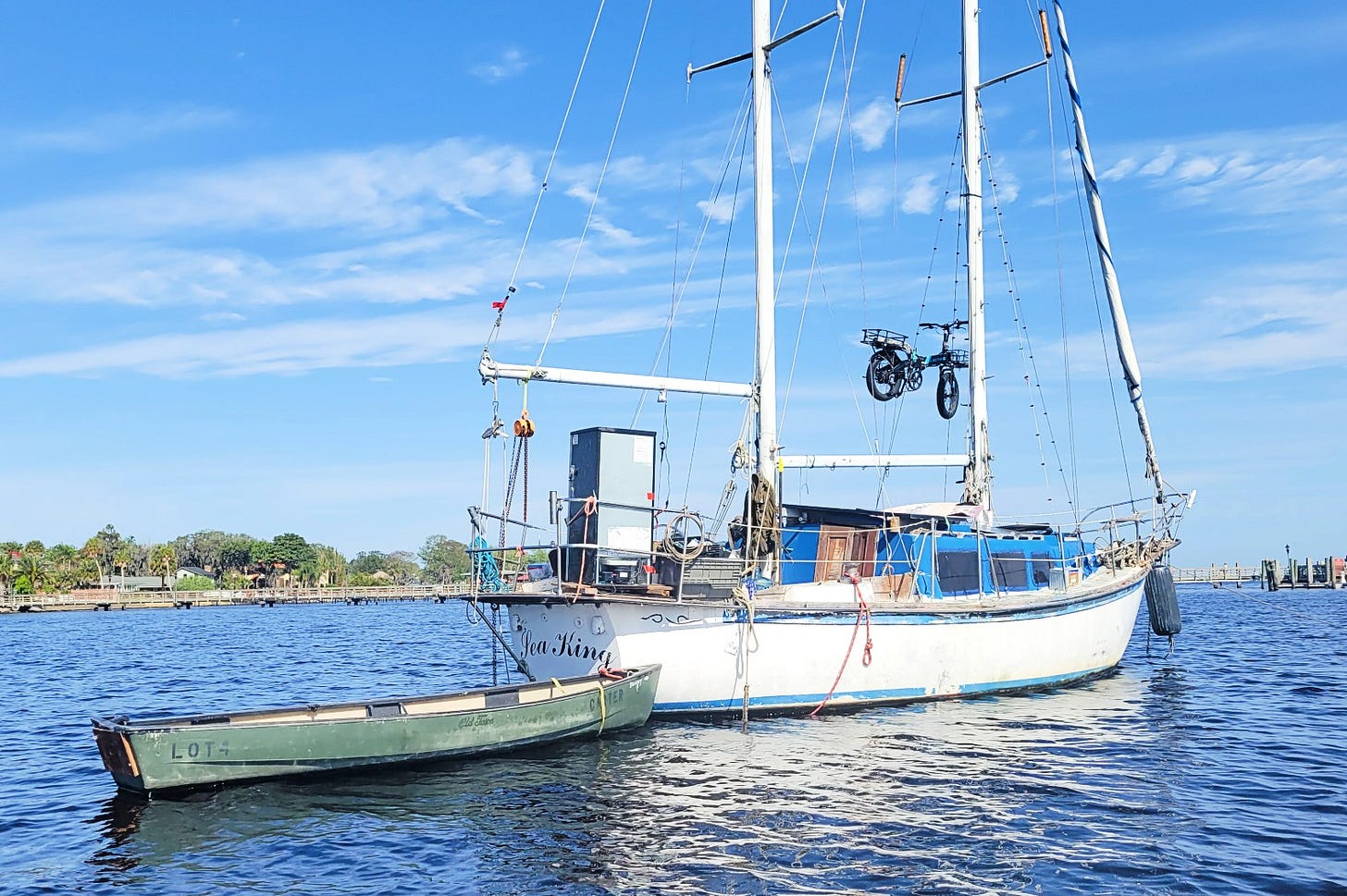
Guzman said he believed his department would do a good job enforcing a 45-day limit. “Jacksonville has found this enforcement difficult, but I do think we would be better at it than they are,” he said.
Ed Gaw is a city councilor and waterfront property owner. He has taken a keen interest in what he calls “our largest asset—the waterfront.” He was a big backer of the inclusion of a city operated mooring field in Green Cove’s future development plan.
“With regard to the anchorage limitation zone, if the establishment of such a zone can be affected in a shorter term than a mooring field, I would support the effort,” Gaw said. “It would be my hope that the establishment of an anchoring limitation zone would be a precursor to the creation of a mooring field.”
Mike Cella, the one county commissioner contacted for this article, said he would support petitioning Fish & Wildlife on behalf of the city, since state law specifies that requests for anchoring limitation areas go through the counties.
The idea that Green Cove would be a destination for cruising yachts is not farfetched at all. Once the Shands Bridge has been replaced by a 65-foot span in 2029, city waters would cease to be a dead end for folks with cruising sailboats whose masts prevent them going further south on the St. Johns.
That’s when a mooring field and boat slips at the expanded city pier might be a viable “yachting” amenity, encouraging patronage of the city’s restaurants, pubs and stores (Think Ace Hardware). City leaders optimistically envision mooring and slip rentals as an additional source of revenue, though probably justifiable even if fees only cover the cost of administering the system.
With a new bridge here, Sanford will become the new dead-end for cruising sailboaters, 115 miles to the south. Skippers who choose “to do the St. Johns” will have to pass by Green Cove twice—the closest competition for their cruising dollars would be Palatka and Julington Creek.



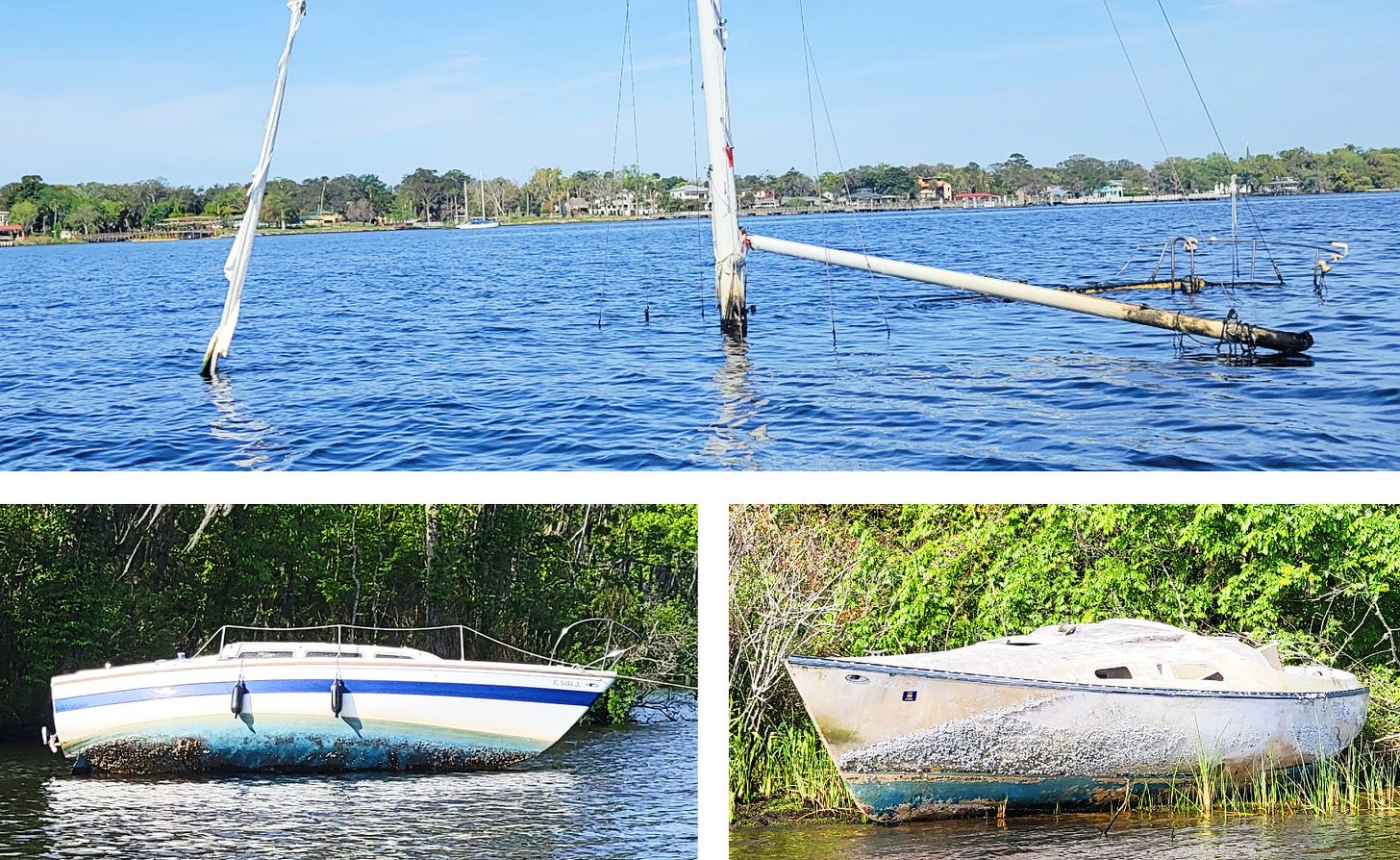
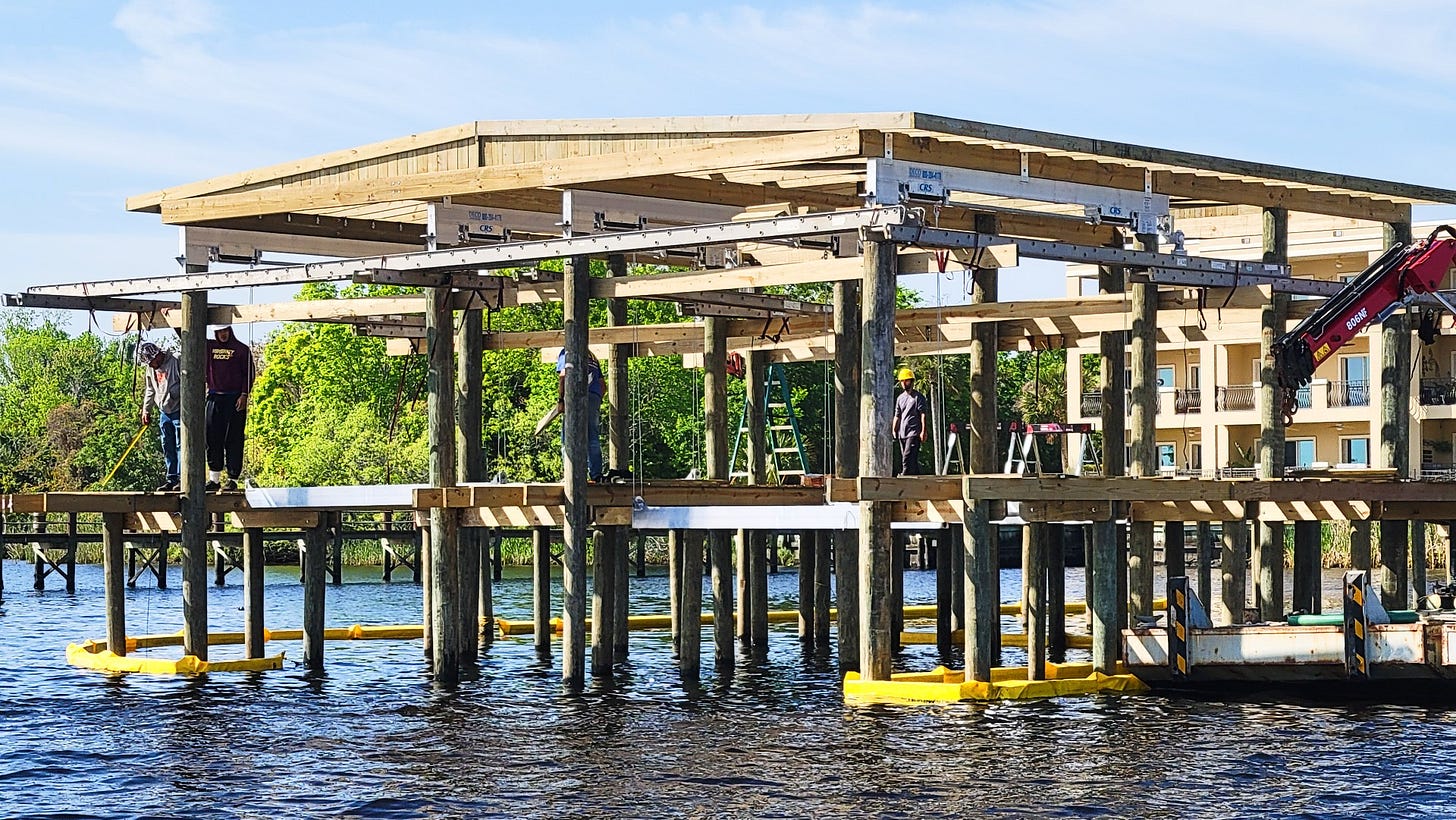
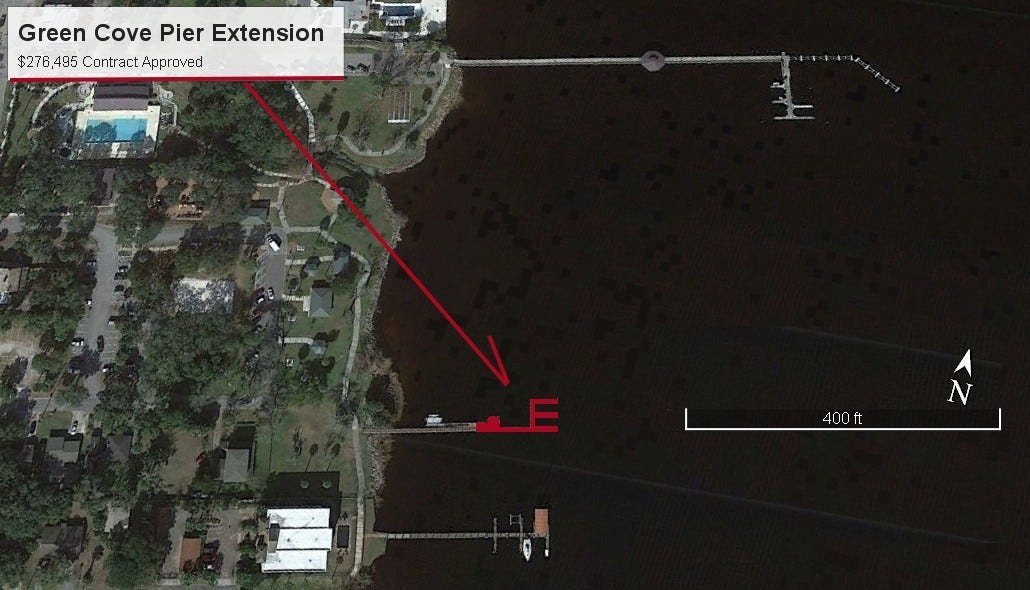
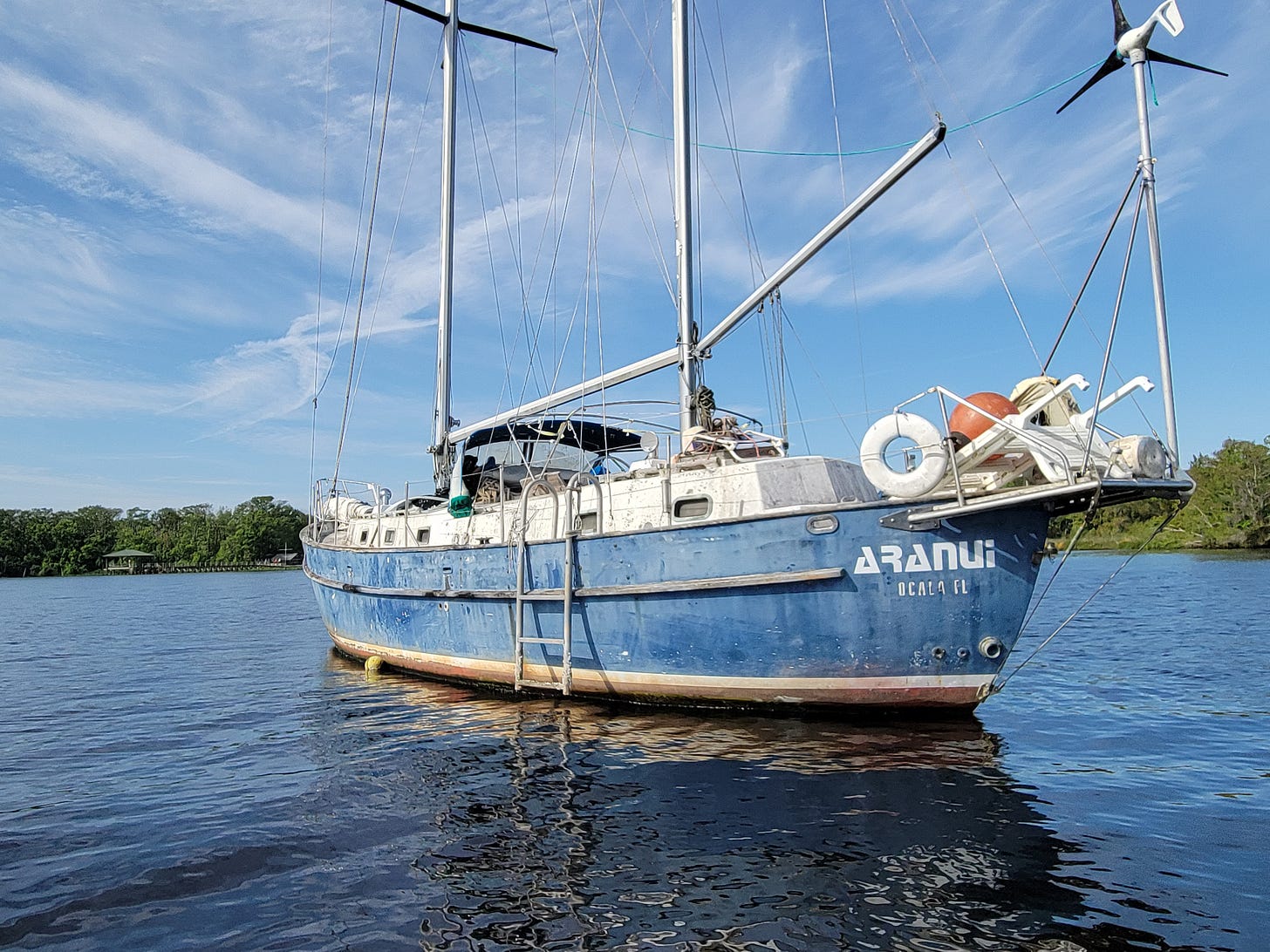
As some one who actually lives here, all you are doing is encouraging the almighty dollar to take front and center. Living is expensive enough, and I can tell you for a fact, everyone that lives aboard their vessel patronizes Green Cove Springs community shops and restaurants. Some even have, oh my gosh, jobs, in the town. So Mr. Swanson, go suck an egg, because, it was laid more recently than you, and leave people alone, unless you would like people bugging around your house sniffing the dirt on you.
Apparently the writer is not aware of maritime law on anchorage. I don't like the derelict boats anymore than he apparently does, but if a group of boaters would group together and fight restrictions on anchoring on navigable waters they will lose in court.